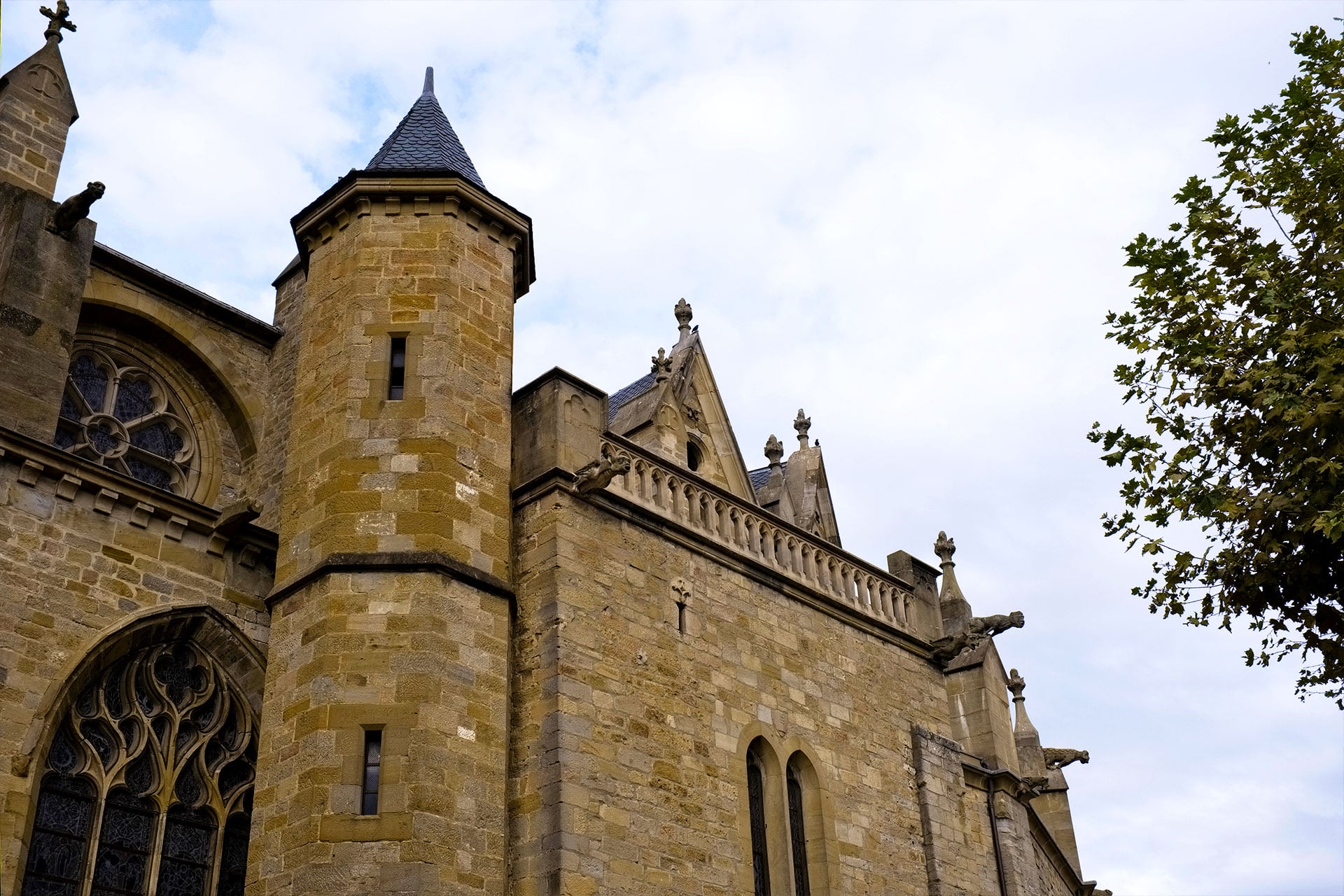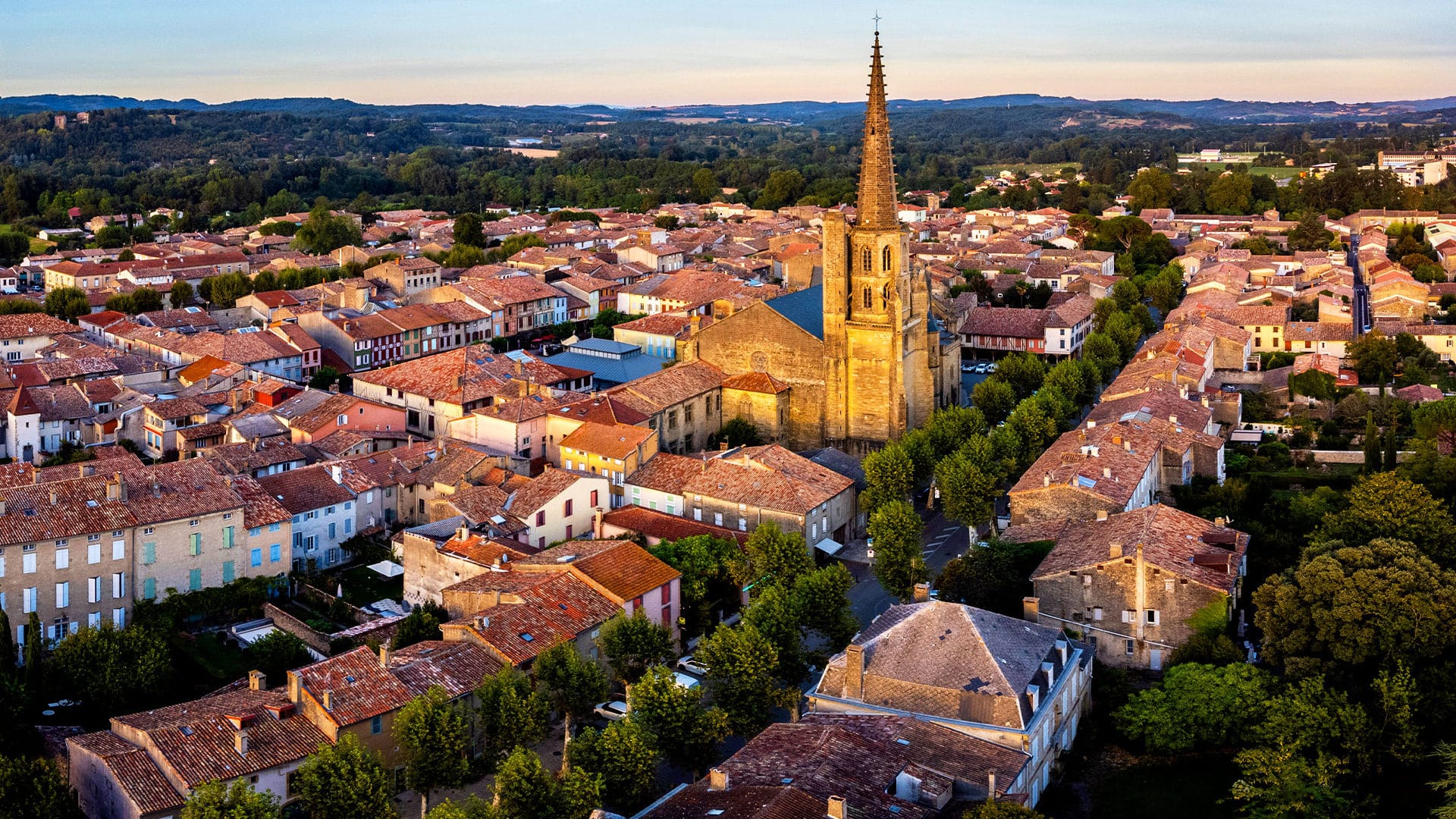An imposing Gothic building
The Cathédrale Saint-Maurice de Mirepoix, built after the devastating flood of 1289, is a Gothic architectural gem. Inaugurated in 1298 by Jean 1er de Lévis and Constance de Foix, this impressive cathedral boasts the widest single nave in France and the second largest in Europe. Visitors can admire the Gothic bell tower, a 14th-century Christ on the Cross, remarkable keystones, large German-built organs and a 16th-century carved pulpit, all testifying to the historical and artistic richness of the site.


Exploring Saint-Maurice Cathedral: Art and History
Mirepoix’s Cathédrale Saint-Maurice is an architectural and historical jewel that has witnessed many significant events. Nine years after the great Mirepoix flood of June 16, 1289, the old Benedictine church on the left bank of the Hers was restored and enlarged. On May 6, 1298, Jean 1er de Lévis and Constance de Foix laid the foundation stone for what would become the new parish church of Saint-Maurice, marking a turning point in the region’s religious history.
In 1317, Pope John XXII elevated this church to cathedral status, establishing the new diocese of Mirepoix as a bishopric. The cathedral is distinguished by the impressive width of its single nave, measuring 22 meters. It ranks first in France and second in Europe for this characteristic.
Saint-Maurice Cathedral is renowned for several notable architectural and artistic features:
- The bell tower and porch in refined Gothic style.
- A Christ on the Cross dating from the 14th century.
- Keystones, two of which are particularly noteworthy for their design and aesthetics.
- The great organs, a masterpiece of German organ building.
- A richly carved pulpit dating from the 16th century, testifying to the craftsmanship of the period.
With its rich historical heritage and artistic treasures, the Cathédrale Saint-Maurice de Mirepoix attracts visitors and enthusiasts of history, art and architecture, offering a unique and enriching experience.






























